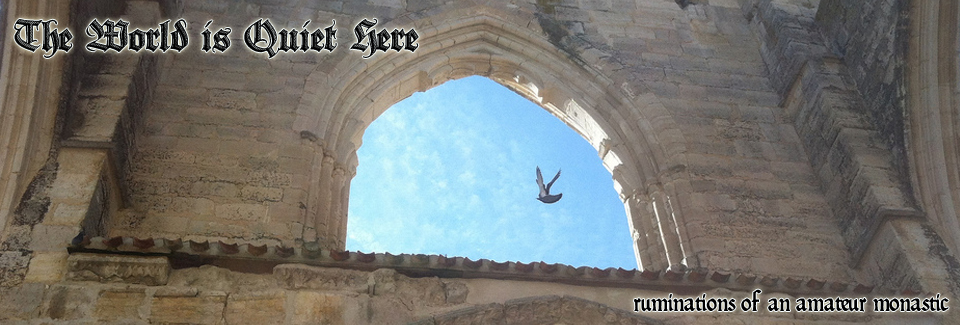The Transfiguration

Today we celebrate the Feast of the Transfiguration of the Lord, one of the more important (if sometimes overlooked) feasts of the liturgical year.
This event definitively revealed the divinity of Christ. It appears in the three synoptic Gospels (Matthew 17:1–9, Mark 9:2–8, Luke 9:28–36). Two of the witnesses refer to it in their writings, but they do not tell the story (2 Peter 1:16–18, John 1:14).
Let’s walk through Saint Matthew’s telling, which is the Gospel for the feast this year.
Jesus took Peter, James, and his brother, John,
and led them up a high mountain by themselves.
And he was transfigured before them;
his face shone like the sun
and his clothes became white as light.
And behold, Moses and Elijah appeared to them,
conversing with him.
Then Peter said to Jesus in reply,
“Lord, it is good that we are here.
If you wish, I will make three tents here,
one for you, one for Moses, and one for Elijah.”

The Law and the Prophets in the persons of Moses and Elijah are seen to be fulfilled in Jesus. Exhausted from their climb up the mountain, the Apostles are jolted awake. Peter gibbers, but he makes an effort to find some way to honour them all. James and John, those “sons of thunder”, are merely thunderstruck it appears.
While he was still speaking, behold,
a bright cloud cast a shadow over them,
then from the cloud came a voice that said,
“This is my beloved Son, with whom I am well pleased;
listen to him.”
When the disciples heard this, they fell prostrate
and were very much afraid.But Jesus came and touched them, saying,
“Rise, and do not be afraid.”
And when the disciples raised their eyes,
they saw no one else but Jesus alone.As they were coming down from the mountain,
Jesus charged them,
“Do not tell the vision to anyone
until the Son of Man has been raised from the dead.”
As at His baptism by John, Jesus’ identity is confirmed by God the Father. If the apostles were terrified before, I can only imagine their state of mind now.
And then… silence. The flash and bang were gone. The ghostly figures were gone. The Apostles stood at the mountain top, alone with the Lord. In silence.

After the Resurrection, Saint Peter (at least) preached on the subject, particularly if one accepts the ancient tradition of the Fathers that Saint Mark compiled his Gospel from a series of lectures that Peter gave on the Gospels of Matthew and Luke.
In any case, in his second letter, which is another of today’s readings, Peter testifies in his own powerful words:
Beloved: We did not follow cleverly devised myths when we made known to you the power and coming of our Lord Jesus Christ, but we had been eyewitnesses of his majesty.
For he received honor and glory from God the Father when that unique declaration came to him from the majestic glory, “This is my Son, my beloved, with whom I am well pleased.”
We ourselves heard this voice come from heaven while we were with him on the holy mountain. Moreover, we possess the prophetic message that is altogether reliable. You will do well to be attentive to it, as to a lamp shining in a dark place, until day dawns and the morning star rises in your hearts.
(2 Peter 1:16-19)
No recorded words have survived from the second witness, Saint James.
We conclude, as does sacred scripture itself, with Saint John, the third witness. Near the end of the magnificent prologue to his Gospel, we have his testimony in passing:
And the Word became flesh and made his dwelling among us, and we saw his glory, the glory as of the Father’s only Son, full of grace and truth.
(John 1:14)
And amen to that!
